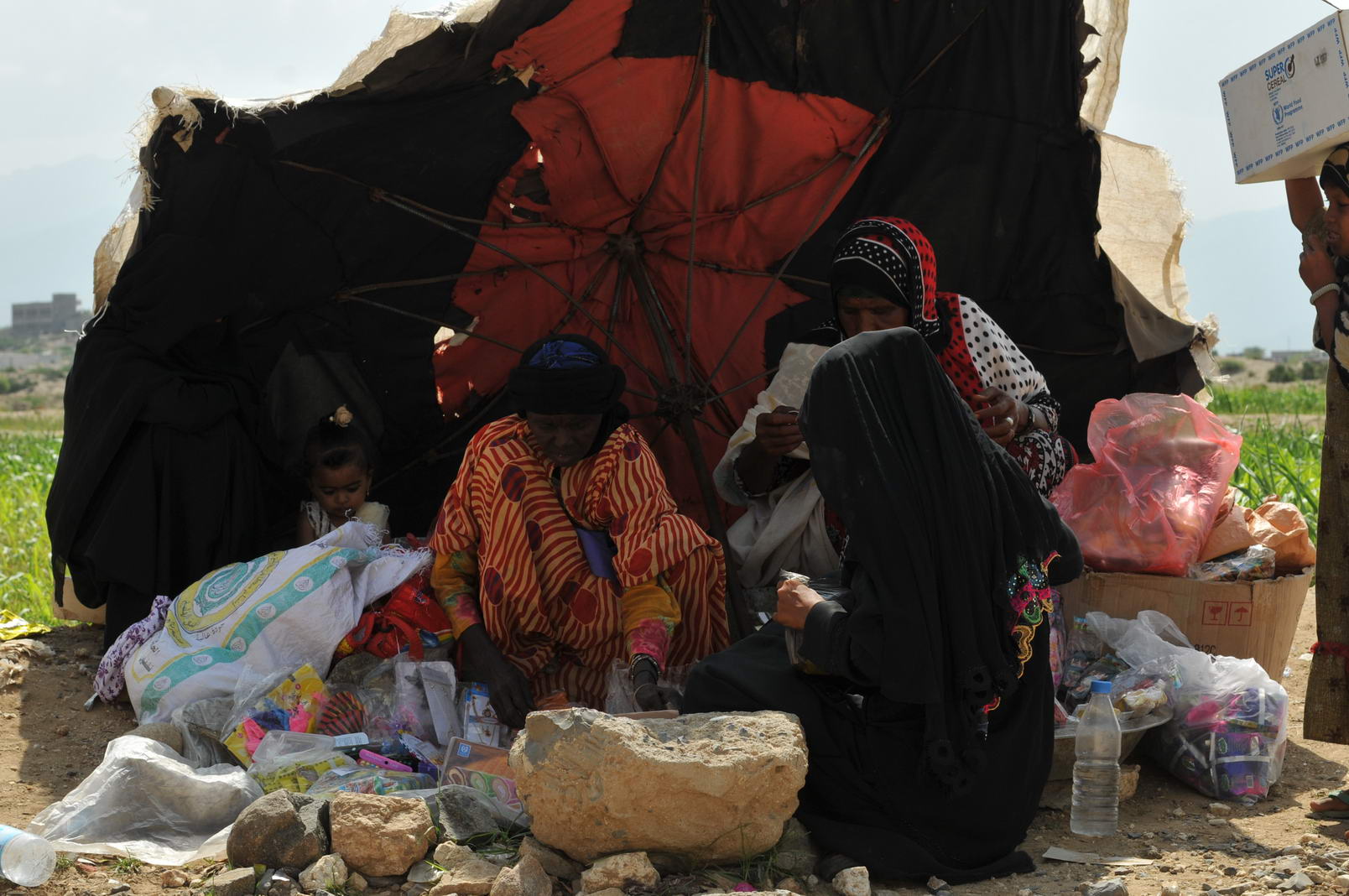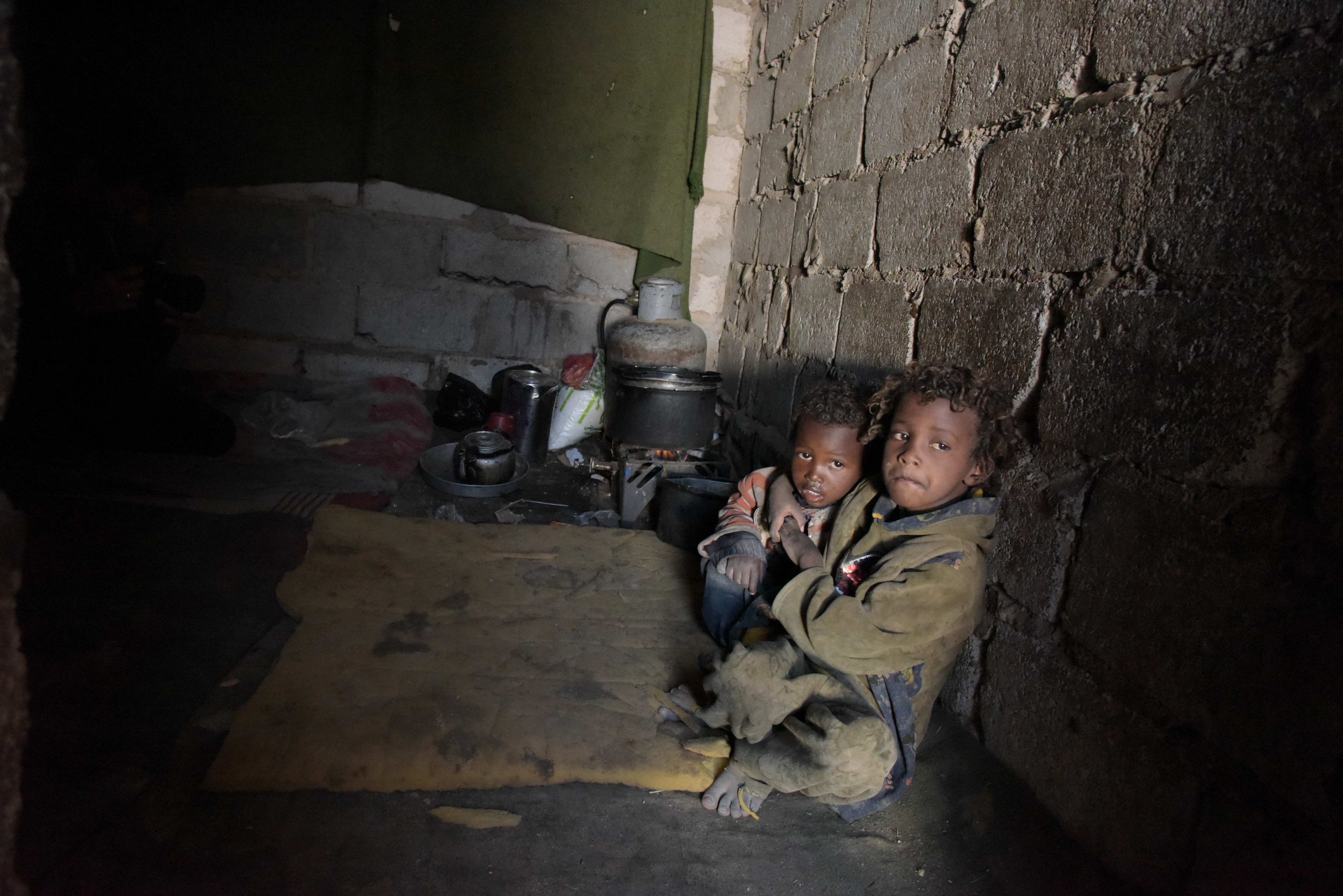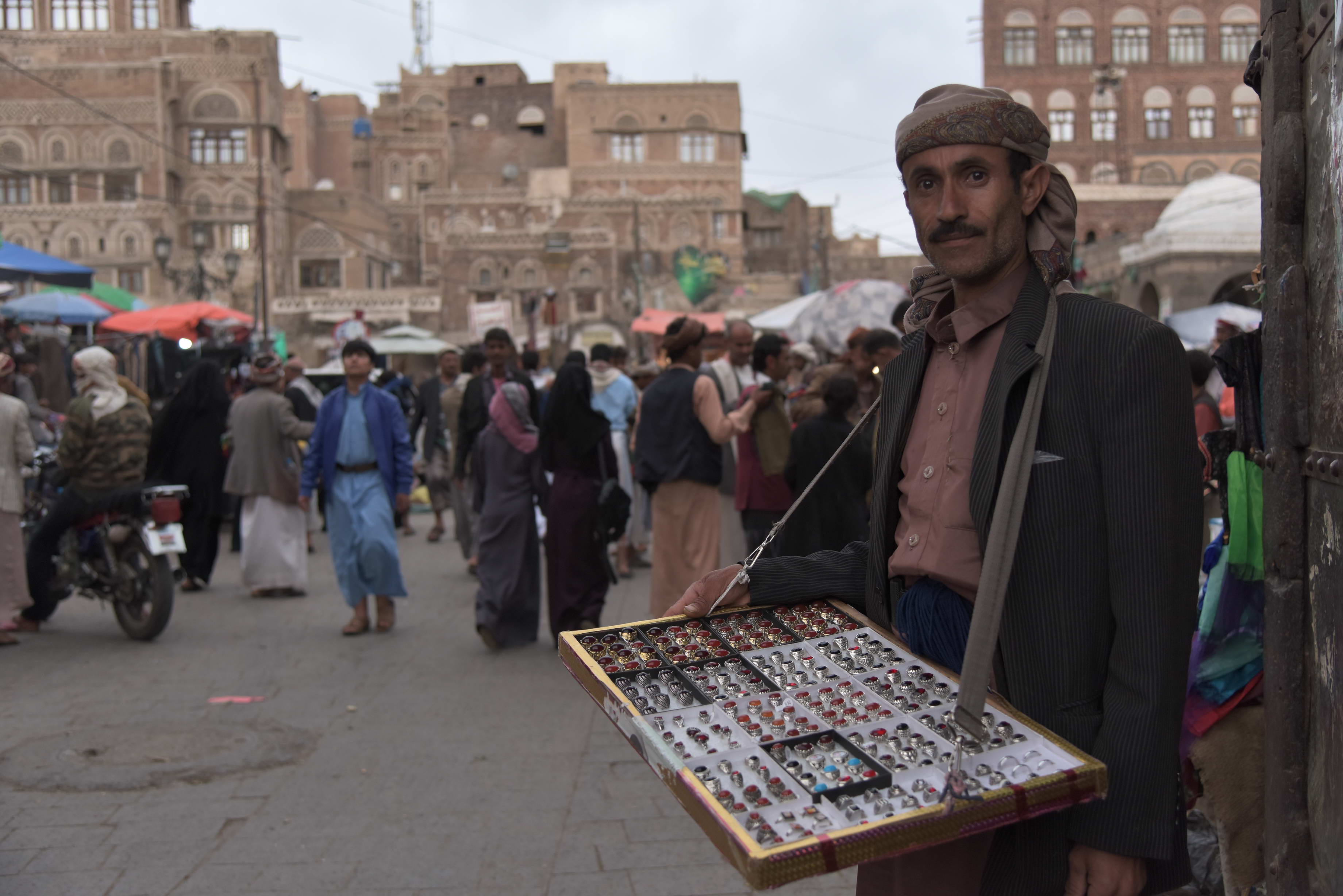This article originally appeared VICE Arabia
Since 2014, the people of Yemen have been caught in the middle of a civil war that has created what the UN says is the worst humanitarian crisis in the world. The power struggle is between president Abdrabbuh Mansur Hadi and the armed Houthi movement, which now controls Yemen’s largest city, Sana’a. Hadi has received considerable military support from a Saudi Arabia-led coalition, which has launched numerous airstrikes over Yemen and blocked food and other supplies from getting into the country.
Videos by VICE
The violence has led to 80 percent of Yemenis needing humanitarian assistance, with 18 million of the country’s 29 million citizens lacking access to safe drinking water. To show just how devastating the crisis has been, VICE Arabia partnered with the International Committee of the Red Cross (ICRC) and a collective of six young Yemeni photographers who have been chronicling the terrible impact of the conflict on their respective communities.

Photographer Ali Al Sonidar grew up in the ancient city of Sana’a and is a member of the collective. He developed his passion for photography by capturing tourists from all over the world visiting to see the city’s famous souks and wonderful architecture.
“I wanted my photography to be human, to convey a message and to instigate change,” the 28-year-old says. “I honestly hope to go back to taking pictures of tourists and joyful moments in the city. But that’s impossible now, because someone needs to tell the story of the war.”
Scroll down to see more photos from photographers Ali Al Sonidar, Ahmad Al Basha, Karrar al-Moayyad, Saleh Bahlais, Abdallah Al Jaradi and Khaled Al Thawr.










In Yemen, the ICRC facilitates access to clean water to millions of Yemenis through their support for water corporations and authorities. They visit detainees and help improve the detention conditions. ICRC surgical teams and ICRC-supported structures treat and provide emergency care to more than a million people across the country, including displaced people.




